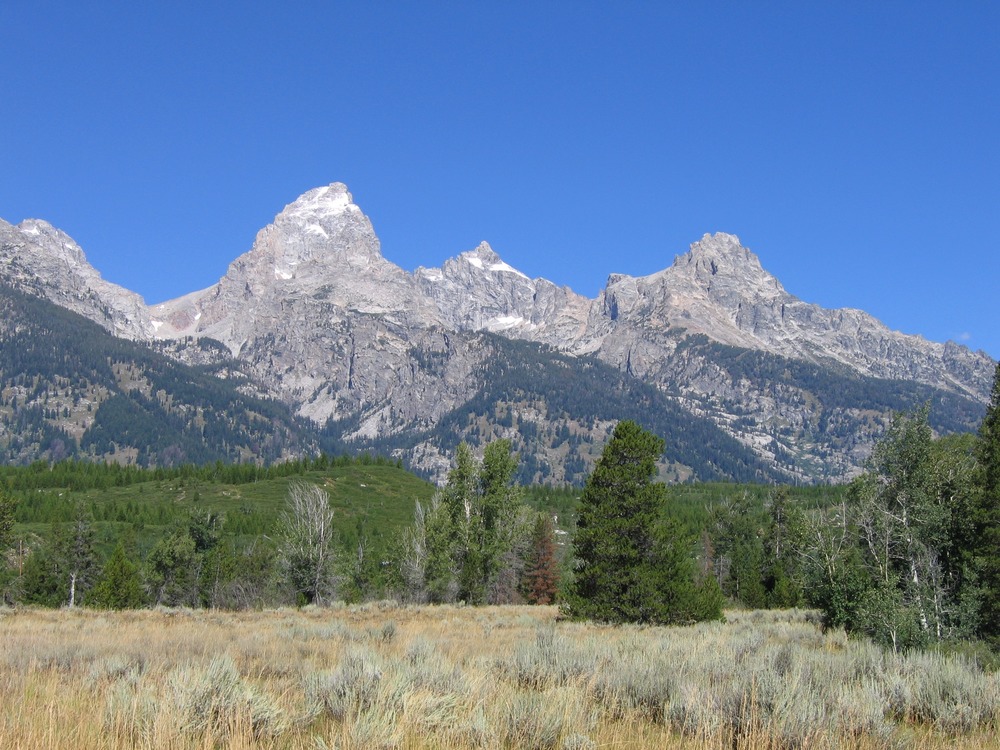Grand Teton National Park

Photo credit: National Park Service
Enter Grand Teton National Park to see an abundance of natural features and ecosystems that allow for an abundance of wildlife to find a home.
Grand Teton National Park is 310,000 acres and includes part of the Teton mountain range and the Jackson Hole valley. Grand Teton National Park is found about ten miles south of Yellowstone National Park and is connected through the John D. Rockefeller Jr. Memorial Parkway. Together these form the heart of the Greater Yellowstone Ecosystem at over 20 million acres if one of the few remaining, nearly intact, temperate ecosystems on earth. Within the national park there are a variety of natural features and ecosystems such as mountains, floodplains, lakes, forests, wetlands, and more that are home to thousands of plants and animals. This ecosystem allows for migrations for many different species. During the summer the wildlife thrive in Grand Teton and Yellowstone due to the abundance of food, and once winter arrives these animals migrate to lower elevations or warmer climates.
Invasive Species




| subjectnumber | Subject Name | Scientific Name | |
|---|---|---|---|